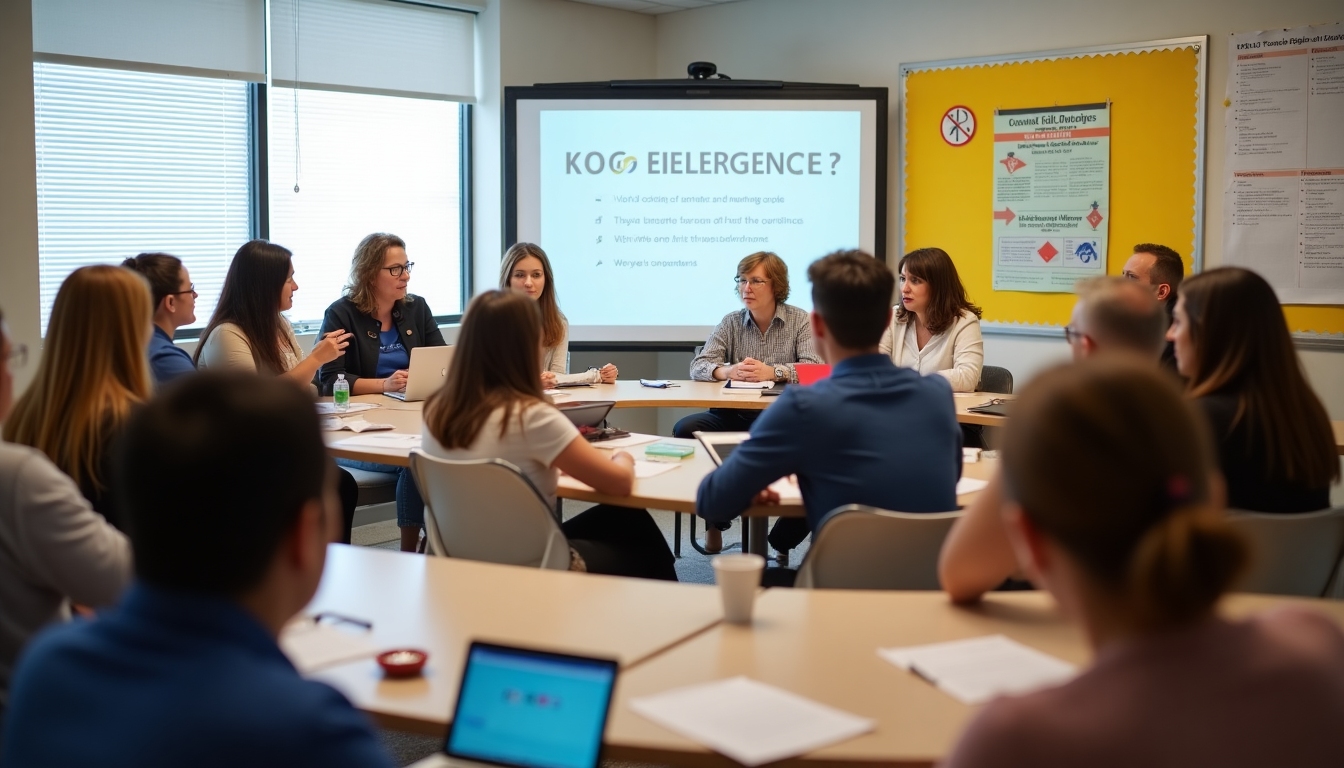Understanding Allergen Exposure and FPIES
Navigating the intricacies of food allergies, especially conditions like Food Protein-Induced Enterocolitis Syndrome (FPIES), requires a clear understanding of potential triggers and how they affect the body.

What is FPIES?
Food Protein-Induced Enterocolitis Syndrome, commonly known as FPIES, is a rare allergic condition affecting the gastrointestinal tract. Unlike typical food allergies that manifest quickly with hives or anaphylaxis, FPIES triggers delayed vomiting and diarrhea within 1 to 4 hours after ingesting the offending food. Understanding these reactions is crucial for households managing allergen exposure and FPIES triggers.
- Acute FPIES: Characterized by severe, rapid onset symptoms after consuming a trigger food.
- Chronic FPIES: Develops with regular ingestion, often leading to subtle, ongoing symptoms.

Common FPIES Triggers
While every patient differs, certain foods frequently trigger FPIES reactions:
- Rice and oats are often culprits due to their prevalence in early childhood diets.
- Dairy and soy products may also cause acute FPIES episodes.
- Some children react to chicken, fish, or vegetables like sweet potatoes.
Identifying these triggers usually involves a challenging process of elimination and is sometimes confirmed through oral food challenges under medical supervision.

Personal Insights: Living with FPIES
As a parent or caregiver, the road to managing FPIES can feel daunting. I remember feeling overwhelmed when my toddler was first diagnosed. Watching them suffer through episodes of acute FPIES made every meal-time a source of anxiety. However, several strategies can help ease this burden:
- Create a Safe Eating Environment: Stock your pantry with known-safe foods.
- Maintain a Food Diary: Document everything your child eats and their reactions to it.
- Build a Support Network: Connect with other families dealing with FPIES for emotional support and practical advice.
- Stay Informed: Regular consultations with a knowledgeable allergist can keep you updated on managing allergen exposure and FPIES triggers.

Strategies for Managing Allergen Exposure
Reducing allergen exposure requires consistent efforts:
- Read Labels Meticulously: Ingredients can change without notice.
- Educate Caregivers and Educators: Ensure all those interacting with your child understand their dietary restrictions.
- Develop an Emergency Plan: Knowing how to handle acute FPIES reactions quickly can save time and stress.
Personal vigilance and education remain pivotal in minimizing risks and ensuring a safe environment for children prone to FPIES.

Conclusion
Managing FPIES and allergen exposure feels overwhelming at first, but armed with the right knowledge and community support, it becomes manageable. Regular medical consultations, keen observation, and informed preparation form the foundation for a routine where your child can thrive.
By exploring further, you can deepen your understanding and find community support essential in navigating the world of FPIES.
Discuss Here